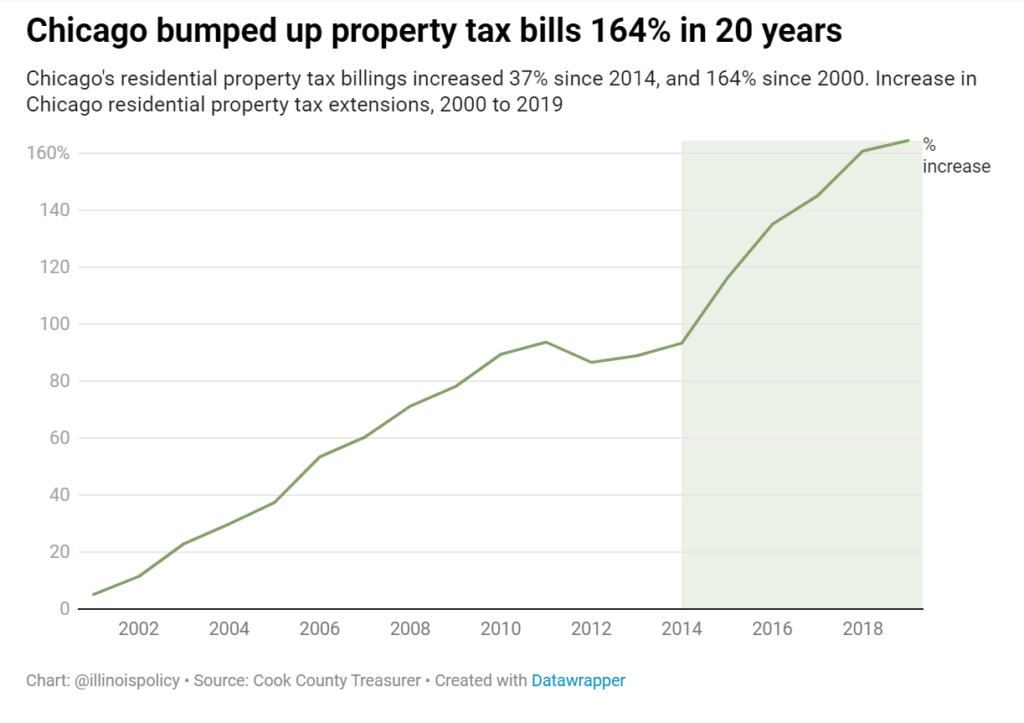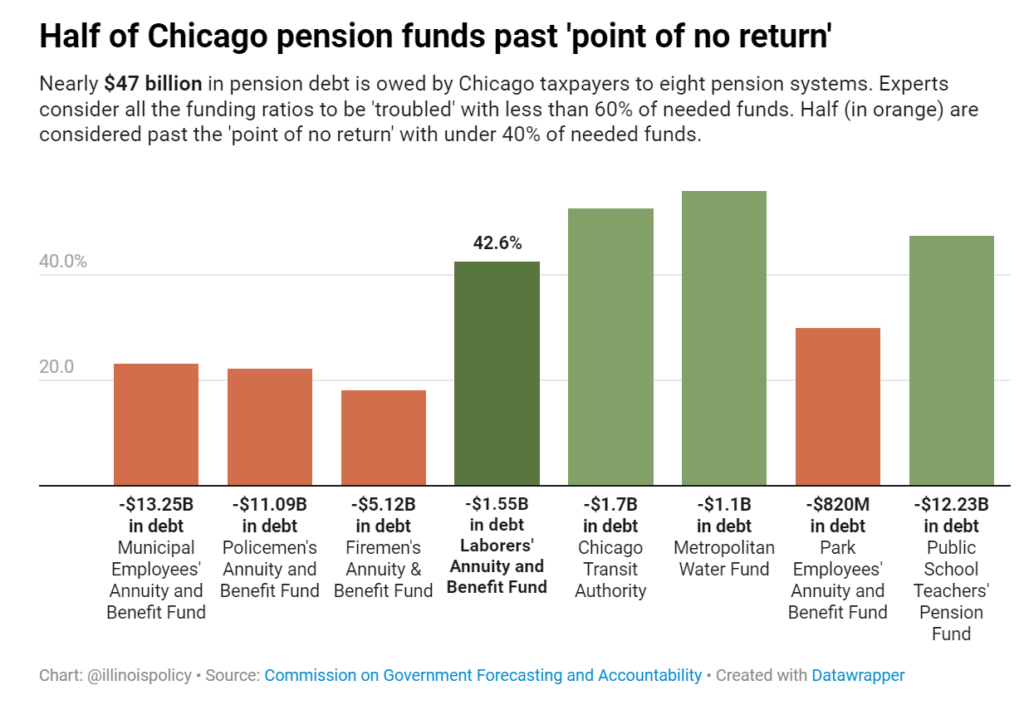Link: https://www.illinoispolicy.org/chicago-casino-revenue-doesnt-address-91-of-city-pension-debt/
Excerpt:
The Chicago City Council approved a casino development in the River West neighborhood. The generated revenue will exclusively pay for pension debt, but only an estimated 9% of what the city needs.
The Chicago City Council approved a $1.7 billion casino in a 41-7 vote May 25. The River West development is being touted as a pension solution, but even the highest projections show only a drop in the bucket.
“This one casino project will pay for approximately 9% of our $2.3 billion pension contribution and reduce the likelihood that the city will need to raise property taxes in the future for pensions,” said Jennie Huang Bennet, chief financial officer for the city.
Author(s): Dylan Sharkey
Publication Date: 31 May 2022
Publication Site: Illinois Policy




